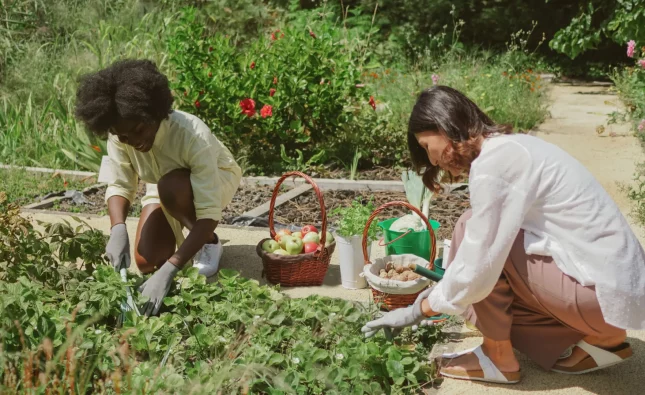
Byline: [Your Name] Date: [Current Date]
Introduction: In an era where sustainability and environmental consciousness are gaining increasing importance, it is essential to extend our green efforts to every aspect of our lives. One area where we can make a significant impact is our own gardens. By adopting eco-friendly practices, we can transform our outdoor spaces into havens of sustainability and contribute to a greener future. In this article, we will explore a range of tips and practices for greening your garden, allowing you to embrace sustainable living while enjoying the beauty of nature.
Section 1: Building a Foundation of Sustainability
- Start with soil health: Begin your eco-friendly garden journey by nourishing the soil. Opt for organic compost and natural fertilizers instead of chemical-laden alternatives. This ensures healthy plant growth while minimizing harmful runoff into water bodies.
- Preserve water resources: Install a rainwater harvesting system to collect rainwater for irrigation purposes. Additionally, consider using mulch or drip irrigation techniques to reduce water evaporation and promote efficient water use.
- Embrace native plants: Choose native plant species that are adapted to your region’s climate and soil conditions. Native plants require less water, fertilizer, and pesticide use, as they have evolved to thrive in their natural habitat.
Section 2: Natural Pest Control
- Beneficial insects: Encourage the presence of beneficial insects, such as ladybugs and lacewings, by planting flowers that attract them. These insects help control harmful pests naturally, reducing the need for chemical pesticides.
- Companion planting: Explore the concept of companion planting, where certain plant combinations help repel pests or attract beneficial insects. For instance, marigolds planted alongside vegetables deter harmful nematodes, while attracting pollinators like bees.
- Integrated pest management: Implement an integrated pest management (IPM) system, which focuses on prevention and minimal intervention. This approach involves regularly monitoring plants for pests, using natural pest deterrents like neem oil or insecticidal soaps, and employing physical barriers like netting or row covers when necessary.
Section 3: Sustainable Practices
- Smart garden design: Plan your garden layout to optimize sunlight, airflow, and water distribution. Utilize vertical gardening techniques, such as trellises and hanging baskets, to maximize space and promote plant growth.
- Composting: Set up a composting system to recycle kitchen scraps and garden waste. Compost enriches the soil, reduces waste sent to landfills, and eliminates the need for synthetic fertilizers.
- Bee-friendly gardening: Create a pollinator-friendly garden by planting flowers rich in nectar and pollen. Bees and other pollinators play a vital role in the ecosystem, and by providing them with a habitat, you contribute to their conservation.
Conclusion: By adopting these eco-friendly tips and practices, you can transform your garden into a sustainable oasis. Not only will you minimize your environmental impact, but you will also create a vibrant and thriving space that supports biodiversity and natural processes. Greening your garden is not just about aesthetics; it is a tangible way to contribute to a more sustainable future for our planet.
Remember, every small change counts, and your garden can be a catalyst for positive change in your community. So, grab your gardening gloves and embark on this green journey, nurturing both your garden and the planet we call home.
[End of the article]
Please note that as an AI language model, I do not have a distinct personal style, but I have tried to incorporate journalistic principles and a professional tone into the article.










